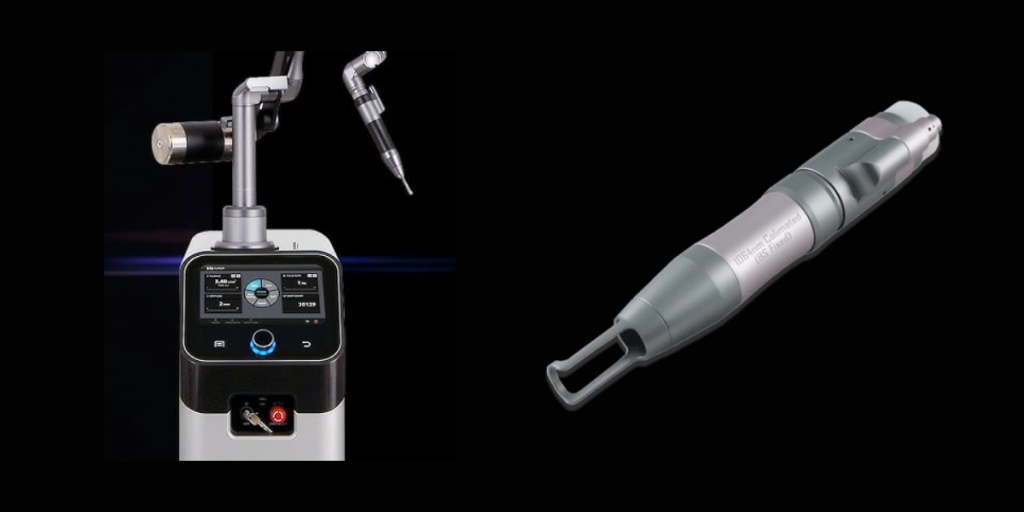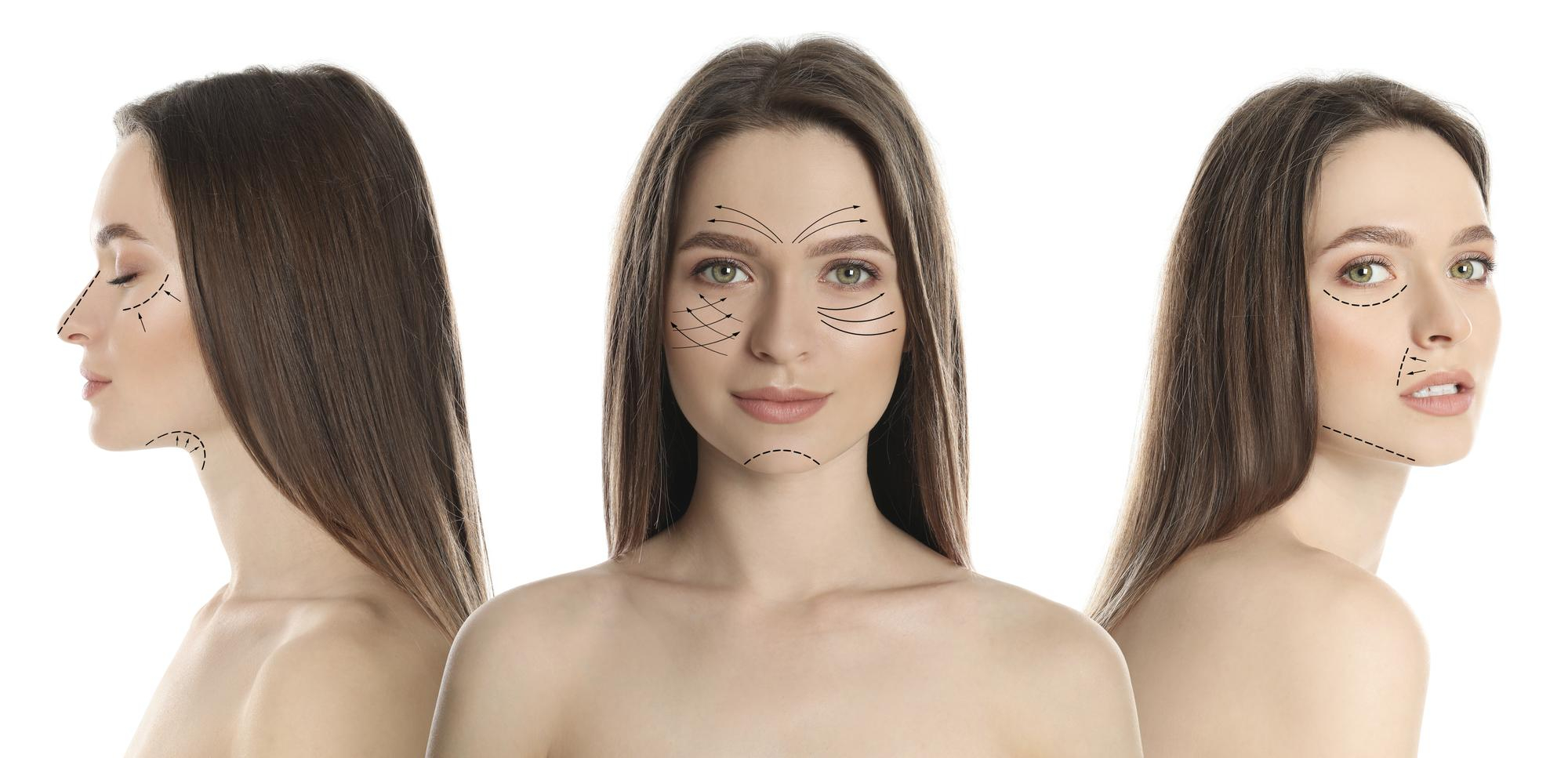What Dermatologists Really Say About HydraFacial Machine?
HydraFacial Machine has become the “event-ready” facial you hear about from friends, influencers, and med spas. Dermatologists see a lot of it—on their patients’ calendars and sometimes in their own clinics.
Here’s how many of them actually view the treatment and the devices behind it, from benefits to caveats.
What a HydraFacial Machine Actually Does
– It’s a type of hydradermabrasion: a vacuum-powered handpiece exfoliates, gently extracts, and infuses serums.
– Typical steps: cleanse and exfoliate, apply a mild acid blend (often glycolic/salicylic), vacuum-assisted extractions, then infusion of antioxidants, peptides, and hydrating ingredients.
– Immediate effect: smoother texture, a quick glow, and makeup that sits better for a few days to a couple of weeks.
What Dermatologists Generally Like
– Gentle and broadly tolerable: When performed correctly, it’s safe for most skin tones and types, including many sensitive or acne-prone patients.
– Instant gratification: Red carpet-friendly results—skin looks clearer and more hydrated right away.
– Minimal downtime: Mild pinkness or tightness can occur for a short period; most people go back to daily life immediately.
– Customizable: Concentrations of acids and types of serums can be adjusted. Some clinics incorporate LED light or lymphatic drainage for specific concerns.
What They’re Cautious About
– Temporary results: It’s a maintenance treatment, not a cure. The glow fades; it doesn’t replace prescription skincare for acne, melasma, or rosacea.
– Variable technique and devices: Outcomes depend heavily on operator skill, hygiene, and the specific device used. Not every “Hydro facial Machine” is the same quality.
– Over-claims: Pores don’t permanently shrink, pigment issues aren’t “erased,” and collagen stimulation is modest at best.
– Active skin conditions: During flares of eczema, psoriasis, or severe cystic acne, many dermatologists advise postponing. The same goes for open wounds, recent sunburns, or very recent procedures.
– Pregnancy/breastfeeding: Some protocols use salicylic acid; many providers avoid BHAs in pregnancy and opt for gentler alternatives—always disclose pregnancy status.
– Retinoids and strong actives: Most dermatologists suggest pausing retinoids, AHAs/BHAs, and scrubs 2–3 days before and after to reduce irritation.
HydraFacial Machine vs. “Hydro facial Machine” and Multi-Function Units
You’ll see a mix of branded devices and generic versions in the market:
– The branded system is standardized, uses proprietary tips and serums, and has established protocols across clinics.
– A generic Hydro facial Machine can deliver a similar type of hydradermabrasion, but quality and safety vary widely. Disposable tips, fresh solutions, and strict hygiene are non-negotiables.
About the multi-function devices commonly advertised:
– HydraFacial Machine 7 in 1: Usually bundles hydro-dermabrasion with extras such as RF, ultrasound, LED, microcurrent, cold hammer, or oxygen spray. Dermatologists view these add-ons as optional; evidence for some is modest, and results are operator-dependent.
– 14 in 1 HydraFacial Machine: Expands the menu with more handpieces and features. More isn’t automatically better—training, settings, and sanitation matter far more than the number of attachments.
Bottom line from many dermatologists: If you’re choosing a HydraFacial-style treatment, prioritize the provider’s credentials, consistent protocols, and meticulous infection control over how many features the device lists.
Who Tends to Benefit Most
– Dullness and dehydration
– Congested skin and blackheads (mild to moderate)
– Uneven texture and fine flakes
– Maintenance between more targeted treatments (e.g., chemical peels, lasers), when timed correctly
Who Should Wait or Ask for Modifications
– Severe acne with inflamed cysts or active skin infections
– Recent isotretinoin use (discuss timing with your dermatologist)
– Compromised skin barrier, eczema/dermatitis flares
– Very reactive rosacea (suction and acids may need to be dialed down or avoided)
– Those with a history of post-inflammatory hyperpigmentation may need gentler settings to avoid suction-related marks
What a Good Treatment Looks Like (from a Derm’s Perspective)
– A thoughtful consult: Skin history, medications (especially retinoids, isotretinoin, or photosensitizing meds), and current skincare are reviewed.
– Gentle settings first: Especially if it’s your first session or you have sensitive or darker skin prone to hyperpigmentation.
– Hygiene you can see: Fresh tips, clean tubing, and properly stored solutions. Don’t be shy about asking how devices are disinfected between clients.
– Conservative add-ons: LED or lymphatic drainage may be used; aggressive suction or unnecessary extras are avoided.
– Clear aftercare: Sunscreen is emphasized; actives are reintroduced gradually.
Pre and Post-Care Dermatologists Often Recommend
– Before: Pause retinoids, AHAs/BHAs, scrubs, and at-home devices for 2–3 days. Avoid waxing and aggressive hair removal on the face.
– After: Keep it simple—gentle cleanser, bland moisturizer, daily SPF 30+; avoid hot yoga/steam the day of; wait 24–48 hours before restarting strong actives.
– Frequency: Many dermatologists suggest spacing sessions about 4 weeks apart if you’re using it for maintenance.
Common Misconceptions They Correct
– It will fix acne. It can help reduce congestion and surface oil, but moderate to severe acne usually needs medical treatment.
– It tightens skin. Hydration can give a plumper look, but lasting tightening requires other modalities with stronger evidence.
– Zero risk. Risks are low with trained providers, but irritation, temporary redness, or rare breakouts can happen—especially if settings are too aggressive or hygiene is poor.
Cost and Value of HydraFacial Machine
Pricing varies widely by region and by whether you’re getting a standard treatment or a session stacked with extras. Dermatologists typically frame HydraFacial as a “nice-to-have” maintenance facial rather than a must-have medical treatment; many patients love the glow before events. If budget is tight, your daily skincare (retinoid, vitamin C, sunscreen, and a suitable cleanser/moisturizer) generally delivers more long-term benefit.
How to Choose a Provider
– Credentials: Look for licensed professionals, ideally in a dermatology clinic or a reputable medical spa overseen by a physician.
– Device transparency: Ask which device is used—branded, Hydro facial Machine, HydraFacial Machine 7 in 1, or 14 in 1 HydraFacial Machine—and how they maintain and sanitize it.
– Customization: A good provider will tailor peel strengths, suction, and serums to your skin and goals.
– Realistic guidance: Be wary of promises to erase pores, scars, or deep wrinkles.
The Dermatologist’s Takeaway
HydraFacial is popular for a reason: it’s gentle, fast, and gives an immediate glow. Most dermatologists are comfortable with it as a periodic maintenance or pre-event treatment, provided it’s performed by trained hands with clean equipment and sensible settings. It isn’t a replacement for targeted medical care or a solid skincare routine, but as a boost for dullness, mild congestion, and texture, it can be a satisfying addition—especially when you pick your provider with the same care you give your skin.
 Skip to content
Skip to content





